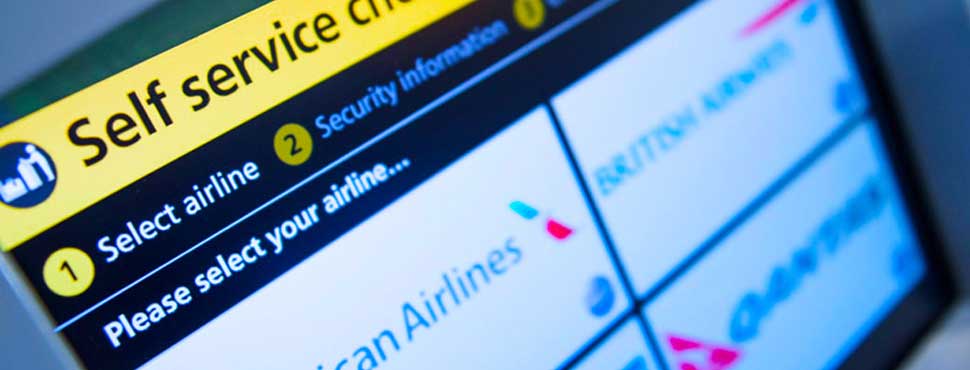Automation technology and self-service kiosks are familiar sights at global airports, but as Sally Alington, managing director, Blackjack Promotions argues, striking the right balance between technical wizardry and the human touch is essential to benefit customers and brands alike.
“In the last few years, we’ve seen some amazing advances in customer automated technologies – and mainly welcomed changes that make life easier and more efficient. As Brits, although we quietly accept queues and will happily join in when we see one, many of our everyday experiences (particularly shopping and travelling) have undoubtedly been enhanced by the growth of self-service technology.
Take UK airports, for example: operations are far smoother and efficient when speeding our way through the departures check-in, bag drop and security processes. The arrivals experience has also been drastically improved – originally by IRIS technology and more recently by the introduction of e-passport machines and trusted traveller programmes.
It’s a win-win situation. The consumer has a better all-round experience, enjoying more free time to treat themselves in shops, cafés and restaurants, or on other products and services, while reaching their destination in a more relaxed frame of mind.
For airports, self-service helps boost ancillary revenues that are becoming increasingly important as airlines fight back against ever-growing charges, putting added pressure on already fragile margins. Plus, the airlines gain from the reduced labour costs that automation brings.
Brands also win, benefiting from more time to engage with customers, and greater scope to develop more effective experiences such as in-store skincare consultations or entertainment to get passengers in the mood during transit.
Our reliance and love of mobile technology also makes changes like these possible. Innovative technologies are enhancing the self-service experience – my own personal favourites being contactless payments and smartphone boarding cards. Going forward, iBeacon innovation and wearables are leading the charge. However, self-service is only effective if people have access to the required technology, are able to understand the necessary processes (such as instructions for auto-check in machines) and know the device or machine actually works.
This is where real people hold the key to self-service success. Without human help at hand – in the form of a customer service ambassador – the moment the technology or process fails, hold-ups and frustration result. This creates a terrible customer experience. People like to engage with other people – it is the characteristics and nuances of human behaviour that are essentially the make or break of successful interaction. It’s the personal touch.
Furthermore, marketers should beware of viewing self-service as an answer in itself. It should be seen as a way of enhancing customer experience in partnership with other existing techniques, not as a replacement. This approach gives consumers more options in the way they transact or interact, improving brand perception and loyalty. Importantly, it allows brands to compete by adding perceived value, rather than price-cutting.
So there needs to be a meeting of these worlds – the human and the automated – to create a truly memorable and effective self-service. It’s a balance.”
Originally posted Frontier Magazine 29 June 2015

